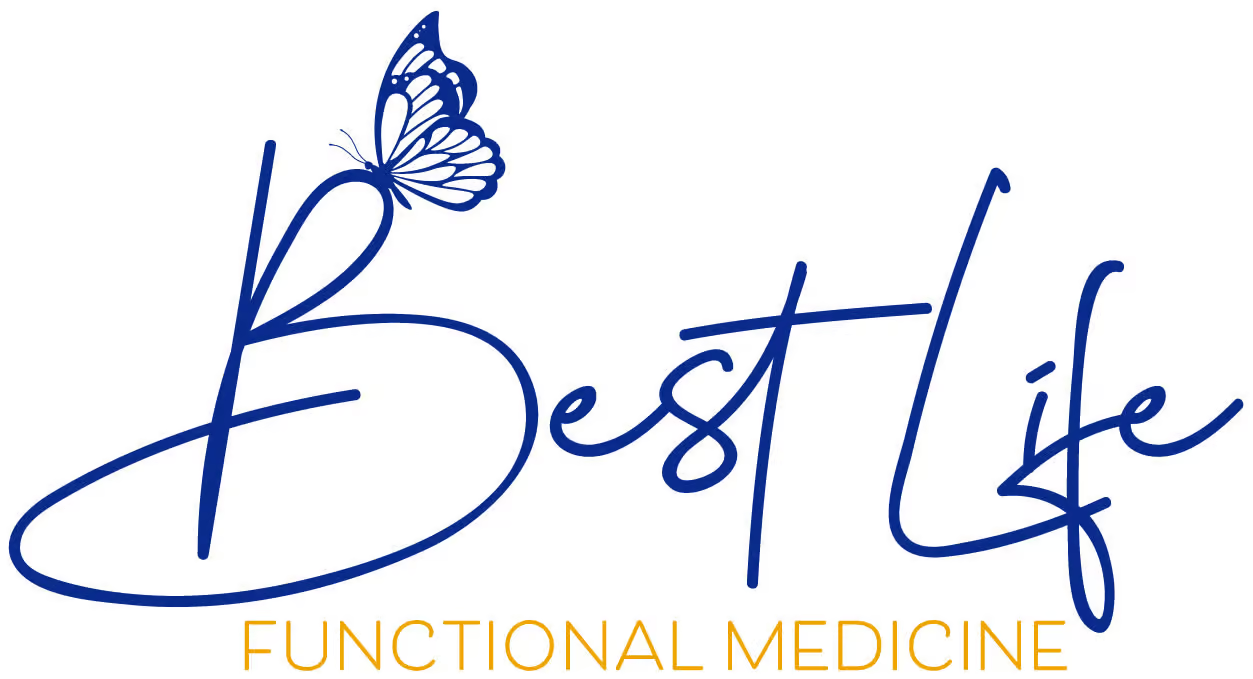Health is more than the absence of disease.
When I went to medical school, I never heard of functional medicine. It wasn’t a choice, as a path forward, that I was aware of.
While there was a lot I liked about my work as a Family Practitioner, I knew in my gut for many years that although there was a lot we were getting right in conventional medicine, there was a lot we were getting wrong too.
Conventional medicine is precisely what you need if you have heart disease, cancer, an ear infection, or a broken leg. However, it isn’t the answer if you aren’t sick enough to have a life-altering diagnosis, but you’re sick enough not to feel great and not live at your best.
Patients in this category know something isn’t right, and they are often very frustrated because they aren’t finding the answers they’re looking for. They are told they are fine, but intuitively they know better. I got it because that was me too!
What is Functional Medicine?
Functional Medicine was defined in 1870 by Willoughby Wade. He was a British surgeon who first coined the term and had his ideas published in The Lancet, a respected medical journal still in publication today. Suffice it to say; he got it back then. So these aren’t new concepts.
The term resurfaced almost 120 years later, in 1989, when a group of 40 health care providers met to brainstorm how medicine could be better. They saw what wasn’t working in medicine, and they were committed to finding a better way.
This same group of doctors met the following year again, and in 1991, the IFM (Institute of Functional Medicine) was founded.
They looked at things through a different lens than their conventional training taught them. Health is more than the absence of disease. So instead, they chose to look at the individual’s function (the optimal function).
This panel of thought leaders concluded that for true health, you need to:
- Remove what causes imbalance
- Provide what creates balance
It seems so simple, right?
What leads to imbalance?
Often it’s inflammatory bacteria living in the gut and toxins that are wreaking havoc on your brain neurotransmitters and your metabolism. Stress also leads to imbalance, causing our sex hormone and thyroid hormone production to dys-regulate.
What creates balance?
Things like micronutrients and antioxidants from the diet and supplements, oxygen, and activation of the parasympathetic nervous system through calming activities.
Our bodies are smart and well equipped to handle a lot. But eventually, they can’t keep up with all we demand of them. First, we notice subtle symptoms. Often we press on and ignore them. Over time, they worsen, and eventually, we develop chronic diseases.
Chronic disease is a slow-motion plague that sabotages our health, destroys our quality of life, shortens our lifespan, and bankrupts our government.
The Goal of Functional Medicine
The goal of functional medicine is simple: reverse chronic disease instead of just managing it.
Conventional medicine has made lots of impressive achievements! AND FUNCTIONAL MEDICINE ISN’T A REPLACEMENT FOR CONVENTIONAL MEDICINE.
Conventional medicine has developed:
- Antibiotics
- Vaccines
- Anesthesia
- Radiologic imaging
- Advances in childbirth
- Organ transplants
With conventional medicine, lifespan has increased, but what about healthspan?
Over the last 40 years, we have increased lifespan for men and women alike, but we also have increased the proportion of time people live with disability and chronic disease. Insanity is doing the same thing over and over and expecting different results.
You are in a boat that is leaking. Conventional medicine focuses on bailing the water out. Wouldn’t it make more sense to prevent the leaks from happening in the first place and then fix them completely if they do occur?
The Solution For True Health
The solution for true health is you need a team of providers. A conventional medical doctor is critical for treating sickness and keeping up with screening tests to detect potential bad things early.
But for true health, you need a collaborative practice model. The functional approach examines why things are happening instead of just what is happening. Combine this root cause approach with removing what causes imbalance and providing what causes balance, with tweaks to the modifiable lifestyle factors, and you can achieve true health over time.
It’s a marathon, not a sprint, but it’s so worth it!




